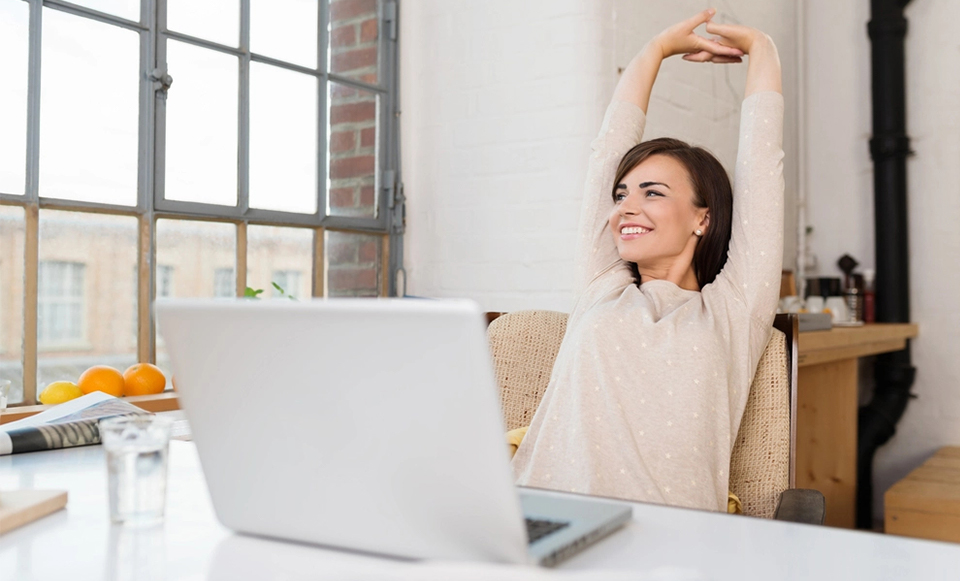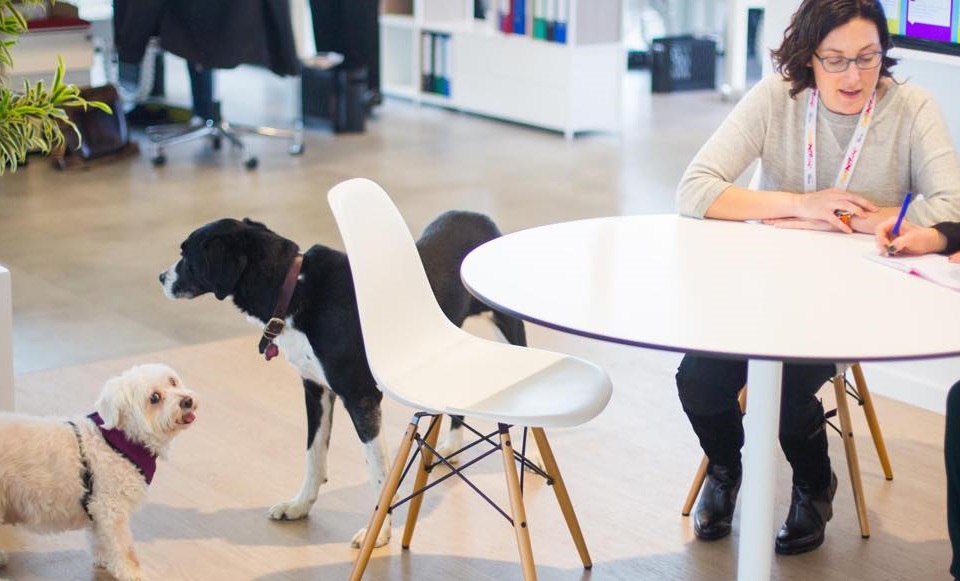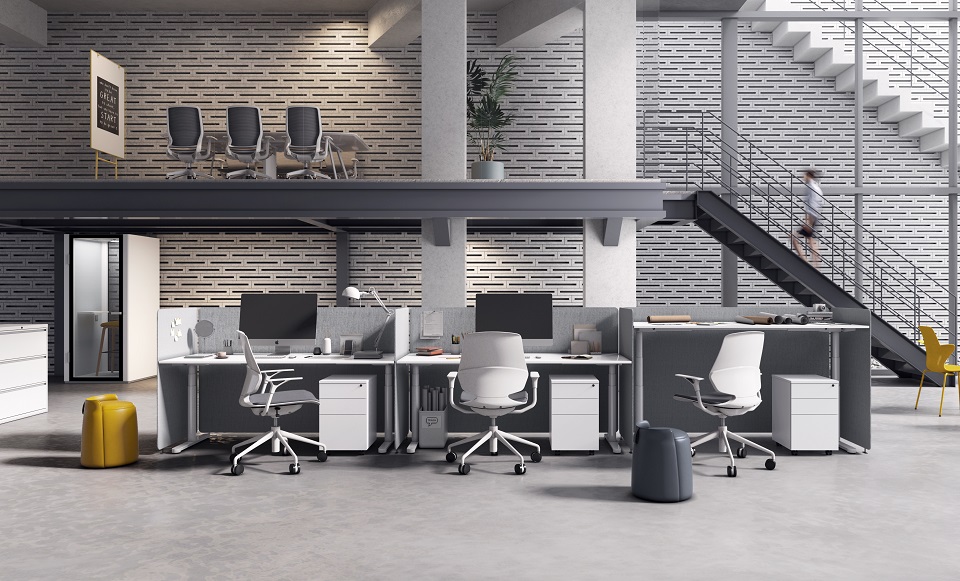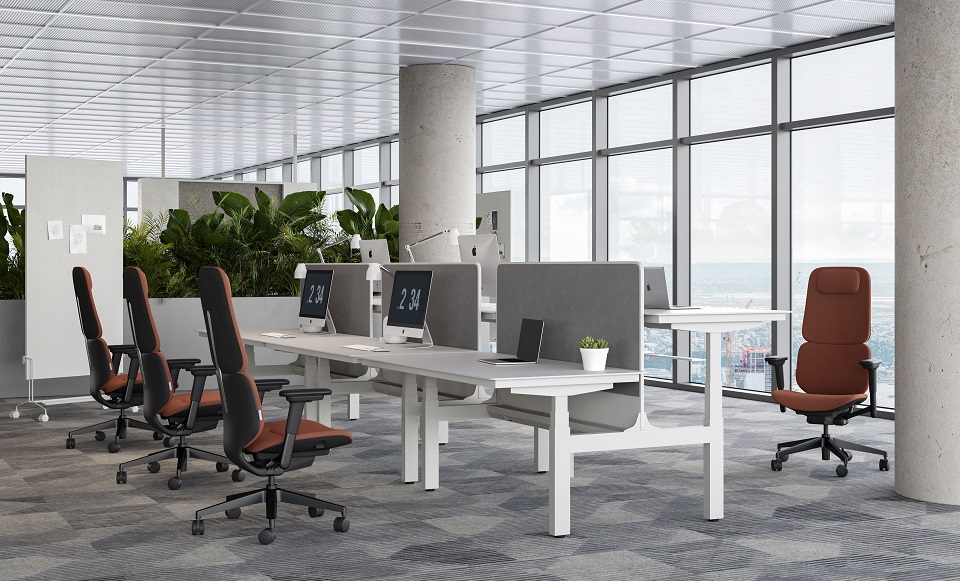
Working from home has become increasingly popular over the past few years, with many people opting to work from the comfort of their own homes. With the rise of remote work due to the COVID-19 pandemic, the number of people working from home has increased even further. As a result, home office design has become more important than ever before. Here are some tips on how to design a comfortable and functional home office.
The first step in designing a home office is choosing the right location. The ideal location is one that is quiet, private, and away from distractions. If you have a spare room in your home, this is the perfect location for a home office. If you don't have a spare room, you can convert a corner of your living room or bedroom into a workspace.
Lighting is an important factor in creating a comfortable and productive work environment. Natural light is the best option for a home office. Position your desk near a window to take advantage of natural light. If natural light is not an option, invest in good quality artificial lighting. A well-lit workspace can help reduce eye strain and improve focus.
Working from home can be hard on your body, especially if you're sitting at a desk for long periods of time. It's important to invest in an ergonomic chair and standing desk to ensure that you're sitting in the correct position. Your chair should provide good lumbar support and your desk should be at the correct height to prevent strain on your neck and shoulders.

Having adequate storage is important in any workspace. A cluttered workspace can be distracting and make it hard to focus. Consider investing in a filing cabinet or shelves to keep your workspace organized. A clean and organized workspace can help reduce stress and increase productivity.
Your home office should reflect your personality and style. Add personal touches to your workspace to make it feel more inviting and comfortable. Hang artwork, add a rug or plants, or use a colorful desk lamp to brighten up your workspace.
Technology is a crucial part of any home office. Make sure your workspace is equipped with the necessary technology to perform your job. Invest in a good quality computer, printer, and other necessary equipment. Keep your workspace organized by using cable management tools to keep cords and cables out of sight.
Acoustics play an important role in creating a comfortable and productive work environment. If your home office is located near a noisy area, consider investing in noise-canceling headphones or a white noise machine to block out distractions. Alternatively, you can add acoustic panels to your walls to absorb sound and create a quieter workspace.
Adding plants to your workspace can improve air quality, reduce stress, and increase productivity. Plants can also add a touch of nature and beauty to your workspace. Choose plants that are easy to care for and don't require a lot of maintenance.

Color can have a big impact on mood and productivity. Choose colors that are calming and soothing, such as blues and greens, to create a relaxing workspace. If you prefer brighter colors, use them as accents rather than the main color of your workspace.
Last but not least, make sure your workspace is comfortable. Invest in a good-quality chair, add a footrest if necessary, and use a cushion if your chair is not comfortable. Your workspace should be a place where you feel comfortable and relaxed, which will help increase productivity.
Designing a home office is all about creating a comfortable and functional workspace. Consider the location, lighting, ergonomics, storage, personalization, technology, acoustics, greenery, color, and comfort when designing your home office.

Jun. 21, 2023

Jun. 20, 2023

Jun. 16, 2023

Jun. 15, 2023

Daniel Yao
Yose Lang